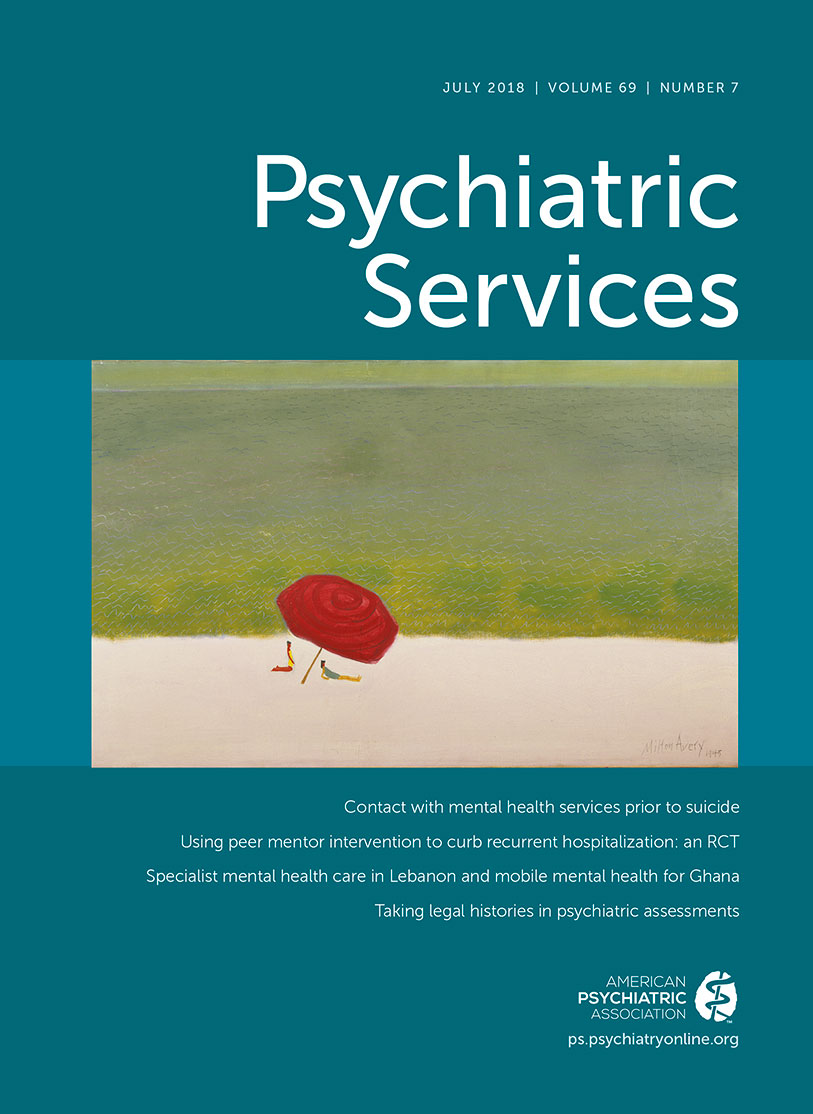Three-Year Retention in Buprenorphine Treatment for Opioid Use Disorder Among Privately Insured Adults
Abstract
Objective:
This study examined factors related to retention in buprenorphine treatment for opioid use disorder (OUD) among privately insured patients.
Methods:
Patients with OUD who were newly started on buprenorphine during federal fiscal year (FY) 2011 were identified in a national private insurance claims database (MarketScan), and treatment retention (filled buprenorphine prescriptions) was evaluated through FY 2014. Proportional hazards models were used to examine demographic, clinical, and service use characteristics in FY 2011, including ongoing insurance coverage, associated with discontinuation of treatment.
Results:
Of 16,190 patients with OUD newly started on buprenorphine in FY 2011, 45.0% were retained in treatment for more than one year, and 13.7% for more than three years (mean±SD duration of retention=1.23±1.16 years). During the first three years after buprenorphine initiation, 49.3% (N=7,988) disenrolled from their insurance plan. Cox proportional hazards models showed that for every 30 days of enrollment, the risk of discontinuation declined by 10% (hazard ratio [HR]=.90, 95% confidence interval [CI]=.90–.91). FY 2011 factors reducing discontinuation risk were age greater than the median (HR=.90, CI=.87–.93) and receipt of outpatient psychotherapy (HR=.90, CI=.86–.92); increased risk was associated with psychiatric hospitalization (HR=1.30, CI=1.24–1.36), emergency department visits (HR=1.07, CI=1.04–1.14), and additional substance use disorders (HR=1.05, CI=1.01–1.10).
Conclusions:
Buprenorphine treatment retention declined markedly in the first year and was substantially lower than in comparable studies from publicly funded health care systems, apparently largely due to disenrollment. The association of psychotherapy with greater retention suggests that it may be an important complement to opioid agonist treatment.



